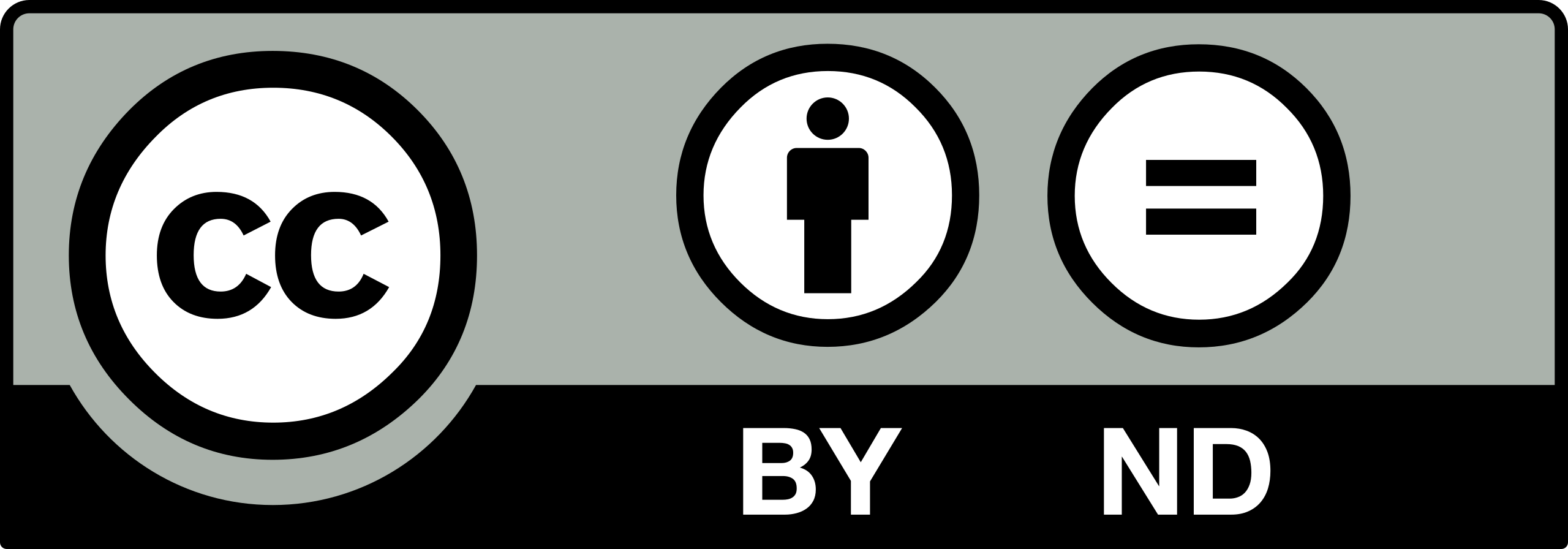Concepts as Plug & Play Devices
Research on concepts has focused on categorization. Categorization starts with a stimulus.
Equally important are episodes that start with a thought. We engage in thinking to draw out
new consequences from stored information, or to work out how to act. Each of the concepts
out of which a thought is constructed provides access to a large body of stored information.
Access is not always just a matter of retrieving a stored belief (semantic memory). Often it
depends on running a simulation. Simulation allows conceptual thought to draw on
information in special‐purpose systems, information stored in special‐purpose computational
dispositions and special‐purpose representational structures.
While the utility of simulation, prospection or imagination is widely appreciated, the role of
concepts in the process is not well understood. This paper turns to cognitive and
computational neuroscience for a model of how simulations enable thinkers to reach novel
conclusions. Carried over to conceptual thought, the model suggests that concepts are ‘plug
& play’ devices. The distinctive power of thought‐driven simulations derives from the ability
of concepts to plug into two kinds of structure at once: the combinatorial structure of a
thought at one end, and special‐purpose structural representations at the other.
| Item Type | Article |
|---|---|
| Keywords | concepts, simulation, compositionality, semantic cognition, grounding, learning‐by‐thinking |
| Subjects | Philosophy |
| Divisions | Institute of Philosophy |
| Date Deposited | 31 May 2022 08:43 |
| Last Modified | 06 Aug 2024 16:41 |
